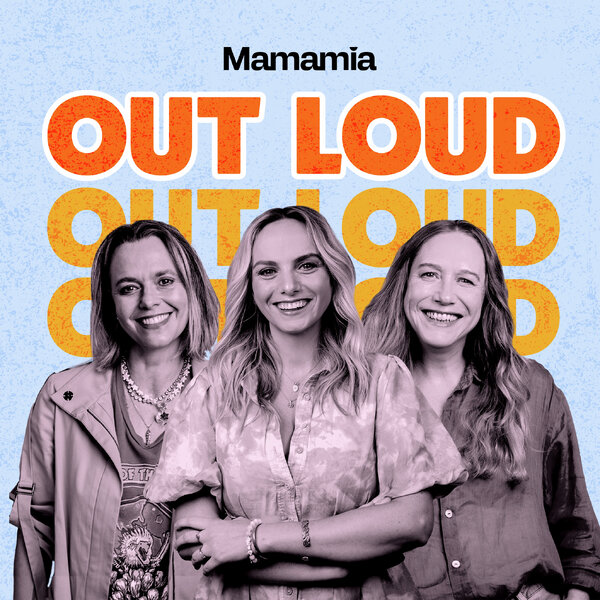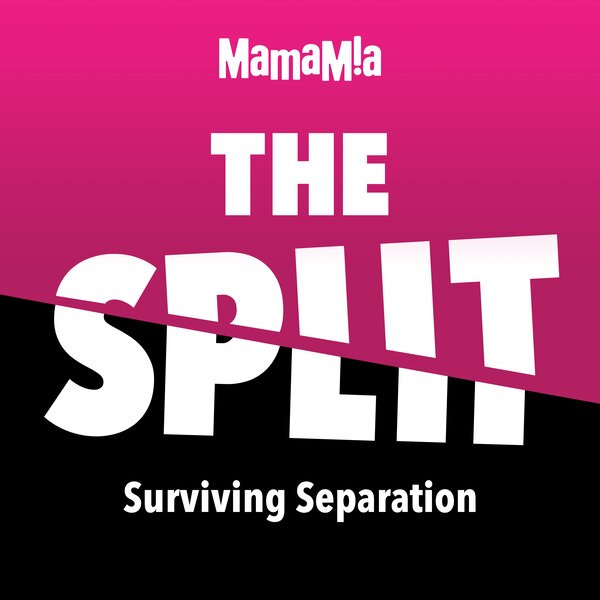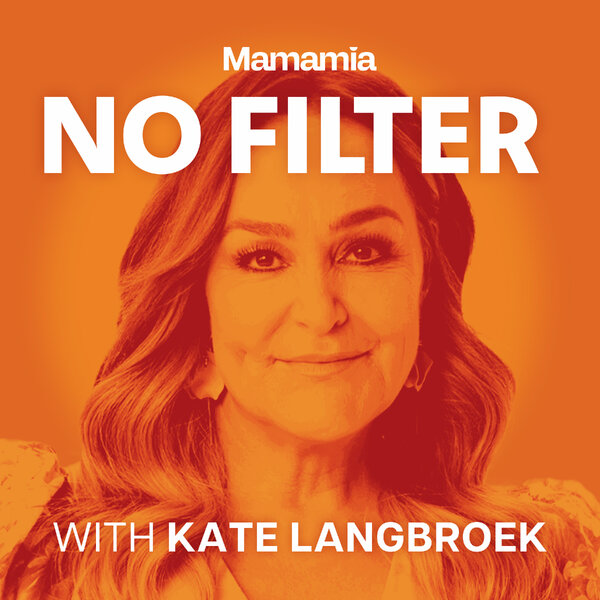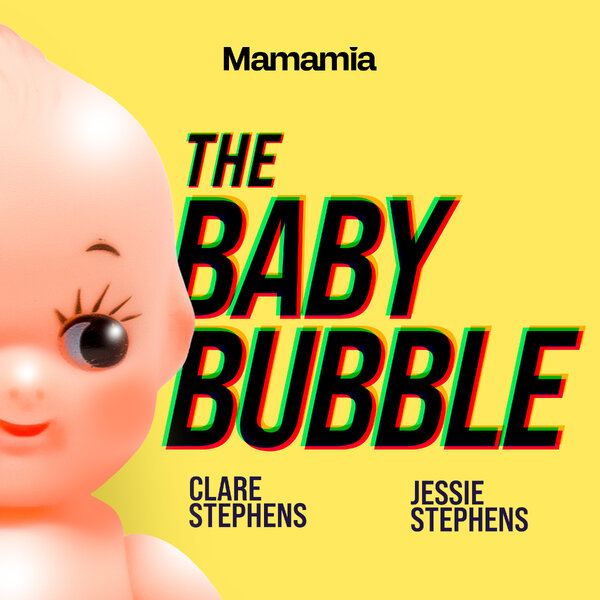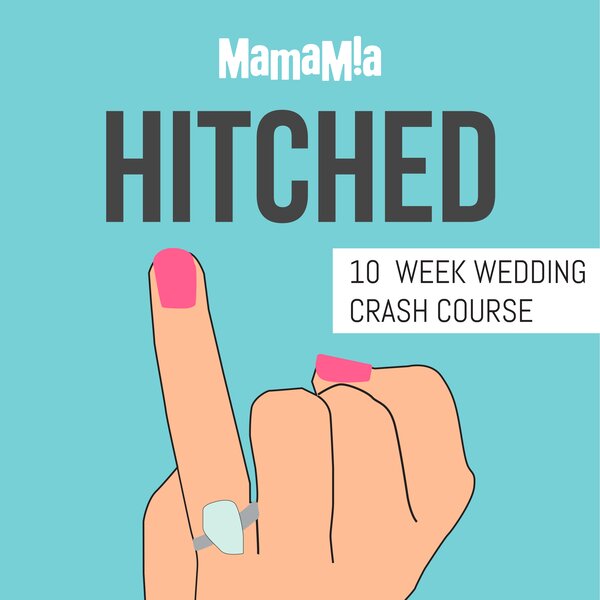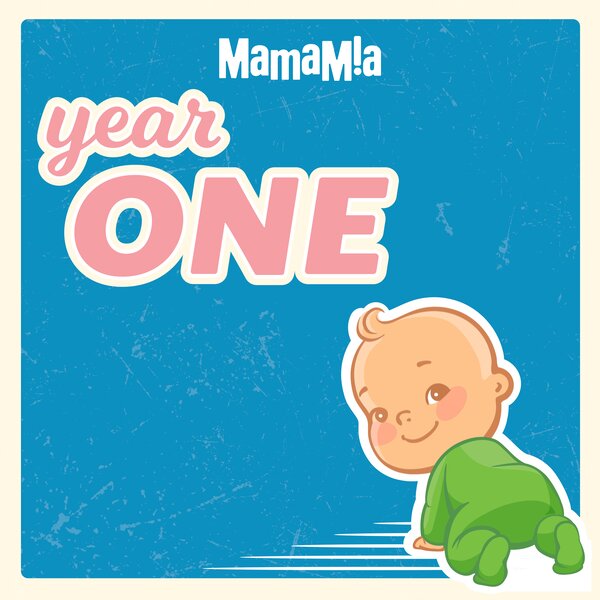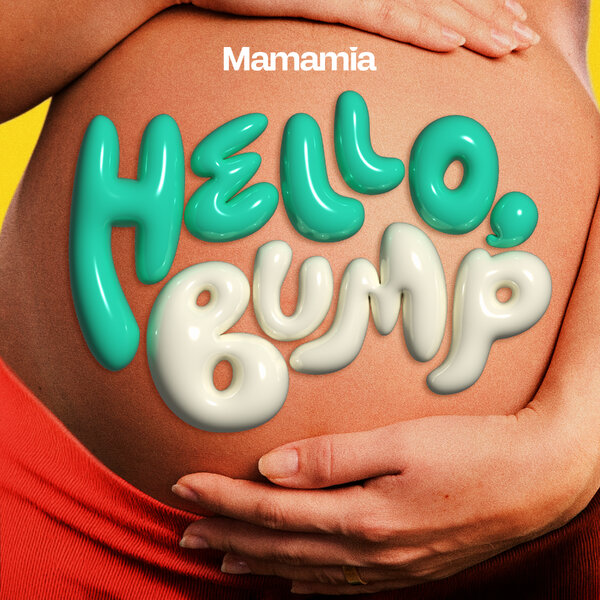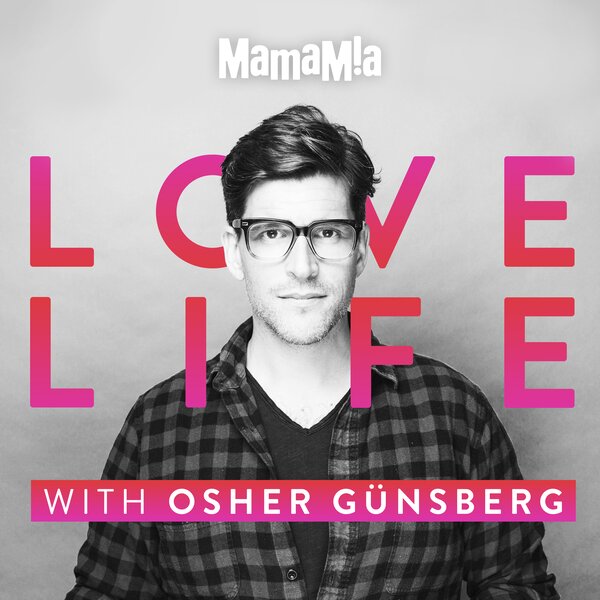
A few years ago, I was running a story on a new service in Australia offering women fertility testing.
It was designed to be an accessible way for women to make proactive decisions about their health. As a journalist, I decided to be a guinea pig and give it a go, to see if it really was as easy as it was made out to be — and it was.
With my mind on the story and understanding how these services work, I hadn't given a thought to the results.
Honestly, I treated it like a curiosity experiment: "Why not?"
I was 26, healthy, and had no family history of fertility issues. My mum had conceived easily in her 30s. I didn't think the result would surprise me.
It did.
Listen: Getting Pregnant: Ovulation tracking, scheduled sex and when to call in the experts. Post continues below.
Anti-Müllerian Hormone (AMH) testing has quietly become one of the most common tools for women curious about their fertility.
A simple blood test promises a glimpse into the ovarian reserve — the number of eggs a woman has left — and has sparked a surge in women seeking it out for planning purposes. However, many experts question how much this single number should be relied upon for fertility decisions.
Regardless, my AMH came back around 15 — right at the lower edge of normal for my age.
